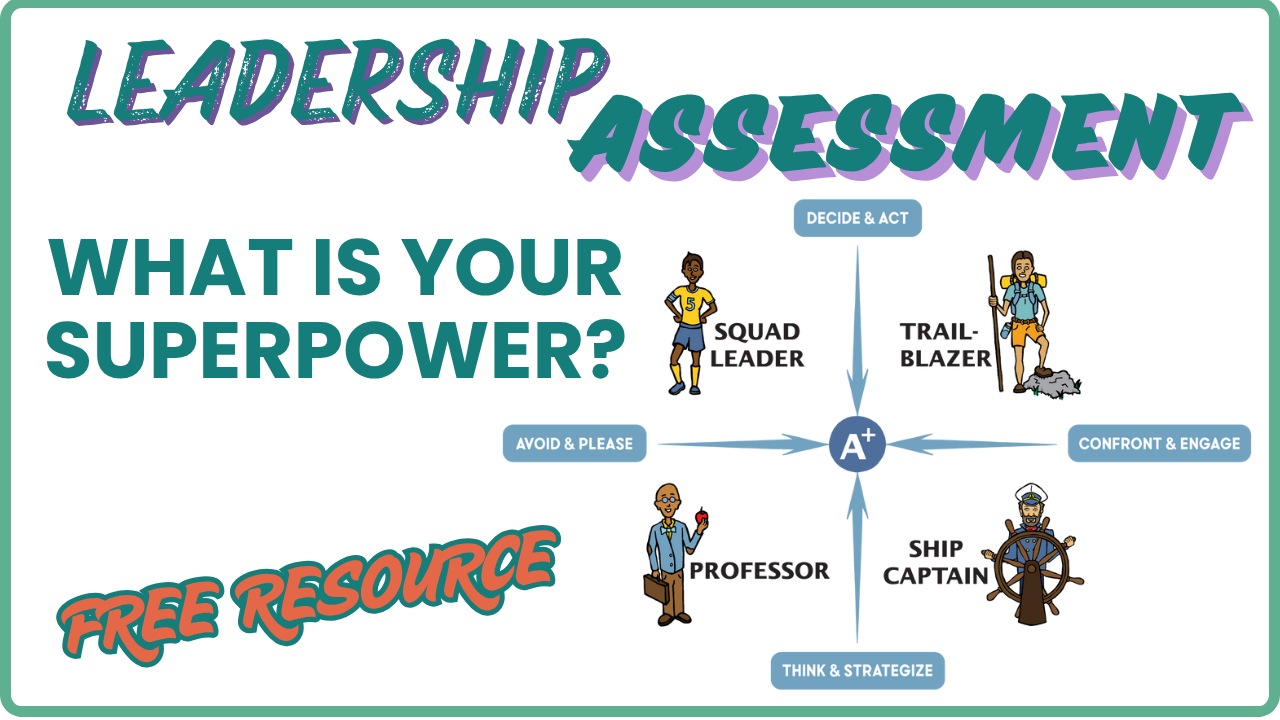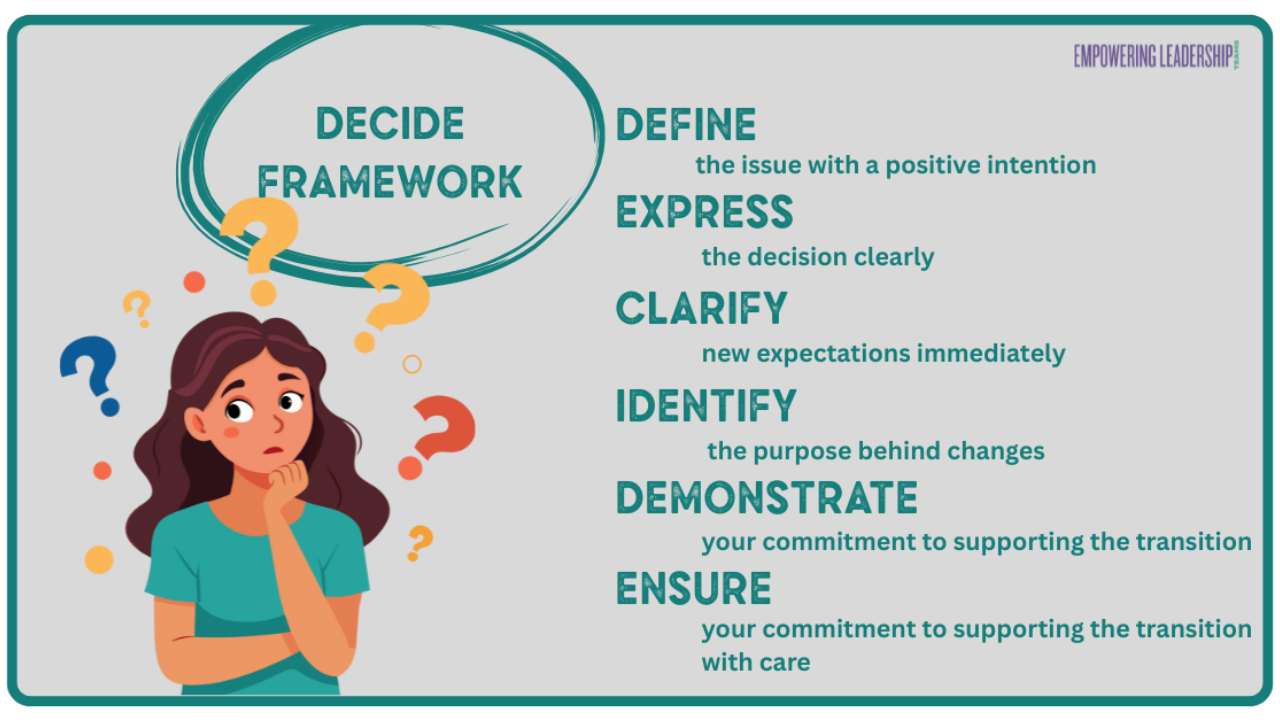The Power of Adaptability in Leadership

In today’s fast-paced business environment, adaptability is more than just a skill—it’s a necessity.
As a leadership coach, I've observed that one of the most crucial skills for success in today's business world is adaptability. In an environment where change is the only constant, leaders who can navigate shifts and uncertainties with grace and resilience are the ones who truly excel.
In our fast-paced world, technological innovations, market fluctuations, and global events are happening at an unprecedented rate. This makes adaptability not just a valuable trait but an essential one. The ability to pivot and adjust your approach as circumstances change is what separates thriving leaders from those who struggle to keep up.
Let's face it: change can be very uncomfortable
As human beings, we're wired to seek stability and predictability. We make plans, set goals, and work diligently toward them. But in the fast-paced world of business, those plans are often disrupted by forces beyond our control. Market shifts, technological advancements, global events—all these can throw a wrench in our carefully laid plans.
This is where adaptability comes into play. It’s not about always being comfortable with change—it’s about developing the emotional endurance to handle it effectively. Think of adaptability as a muscle. The more you exercise it, the stronger it becomes.
Take, for example, a recent event I was involved in. During the first week of signups, we noticed numbers were down due to unexpected tech issues. Instead of sticking to our original plan, we decided to adapt quickly. We introduced a VIP bonus for the event, offering additional value to incentivize signups. This not only helped recover the lost momentum but also created a buzz around the event that we hadn’t anticipated. By being adaptable, we turned a potential setback into an opportunity for growth.
Strengthen your adaptability muscle
- Pause and Reflect: When faced with change, take a moment to step back and assess the situation. Breathe. Ask yourself: What’s my part? Given what is in my dominion to influence, what adjustments might help me get things back on track? The power behind this moment of pause is that it gives you traction around your choice. You want to respond thoughtfully rather than react instinctively.
- Renegotiate Agreements: Teams function on agreements, both explicit and implicit. When circumstances change, be willing to revisit and renegotiate these agreements. This might involve adjusting timelines, redistributing tasks, or redefining success metrics.
- Self-Resource Effectively: Recognize that you are a limited resource. Your time, energy, and focus are finite. In times of change, reassess how you're allocating these resources. Are you focusing on the right priorities? Do you need to adjust your workload?
- Maintain a Strategic Perspective: Zoom out and look at the bigger picture. It’s easy to get bogged down in details, especially when things are in flux. The most effective leaders and team members make time for strategic thinking. They know that taking time to consider a broader perspective is key to navigating changes more effectively.
- Know Your Change Inclination: We all fall somewhere on the change spectrum. Some of us naturally embrace change, while others resist it. Leadership growth requires stretching outside your comfort zone. So, understanding where you fall in the range of “yay change!” to “we must stick to the plan” can help you know where you most need to grow. If you’re change-averse, consciously look for opportunities to be more flexible. If you’re always chasing the new, you might need to focus on solidifying plans and expectations.
Adaptability isn’t about always being comfortable with change. It’s about developing the tools and mindset to navigate change effectively. It’s about being willing to shift, to renegotiate, to reassess. As a leader, your adaptability doesn’t just benefit you—it sets the tone for your entire team. When you model flexibility and resilience in the face of change, you create a culture where adaptability is valued and practiced.
In my years of coaching, I’ve seen how powerful this skill can be. Leaders who excel at adaptability are better equipped to handle crises, seize unexpected opportunities, and guide their teams through turbulent times. Remember, your leadership reputation is built in the trials of business, not when things are easy-breezy.

Exercise: Strengthen Your Adaptability Muscle
To help you start building your adaptability muscle, here’s an exercise you can do:
- Pause and Breathe: Take a moment to slow down. Inhale deeply, and exhale fully. This simple act of pausing can help clear your mind.
- Access Your List of Priorities: Look at your current list of priorities. Identify one item that you might approach or consider differently.
- Consider Delegation: If you’re usually hands-on with this task, think about what might be possible if you delegated it instead. What could you achieve with the freed-up time and energy? Who on your team could take this on, and how might it help them grow?
- Take Action: Implement this change in your approach. Observe how it feels and what results it brings. Reflect on what you learned from this small but significant shift.
Adaptability starts with small steps
By consciously choosing to approach things differently, you begin to build the flexibility needed to navigate bigger changes.
In today’s business world, the most successful leaders aren’t necessarily the ones with the perfect plan—they’re the ones who can adapt when that plan inevitably changes. The leader who can work well with others under pressure and show up with good critical thinking regardless of the circumstances has built their adaptability muscle. You can too—starting today!
Related Articles:
The River Theory: Navigating Change in Leadership
The Critical Role of Psychological Safety in Fostering High-Performing Teams

















